
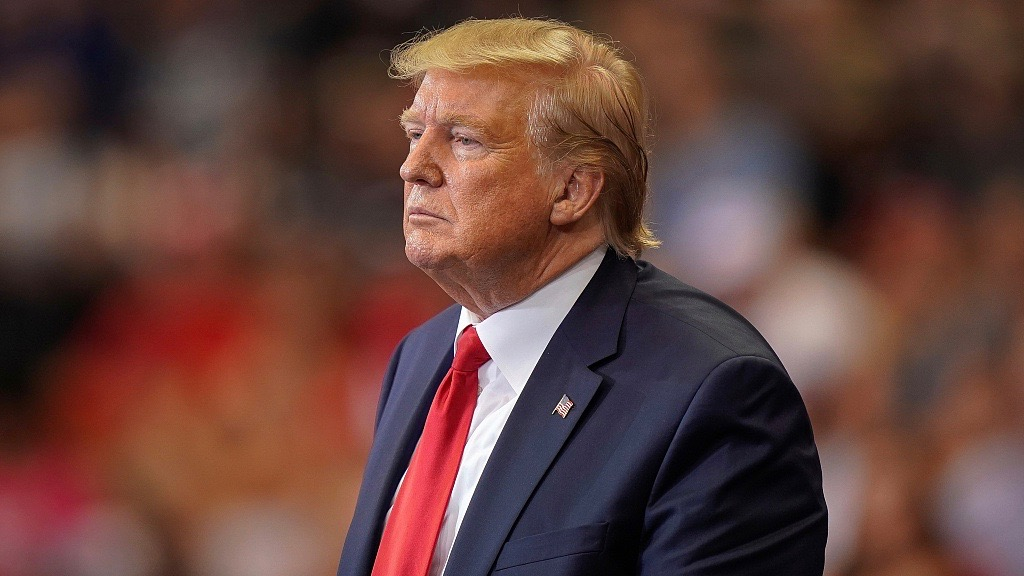
The trade war between the world's two economic titans seems to be nowhere near its end, with U.S. President Donald Trump claiming to impose fresh tariffs on 300 billion U.S. dollars' worth of Chinese goods previously untouched by the prolonged dispute. Trump tweeted the announcement while the trade negotiations have seen little progress for the past month.
Following the Twitter post, Trump told reporters at the White House later on Thursday that the additional 10-percent tariffs, scheduled to start September 1, would probably be lifted to 25 percent or higher.
Upon the president's warning, oil futures and stocks tumbled for fear that the full-blown trade war is back on. If levied, almost all Chinese exports – worth 550 billion U.S. dollars – to the U.S. will be affected. What's more, American consumers could take a big hit as the new tariffs target mostly consumer products ranging from sneakers to toys to lamps.
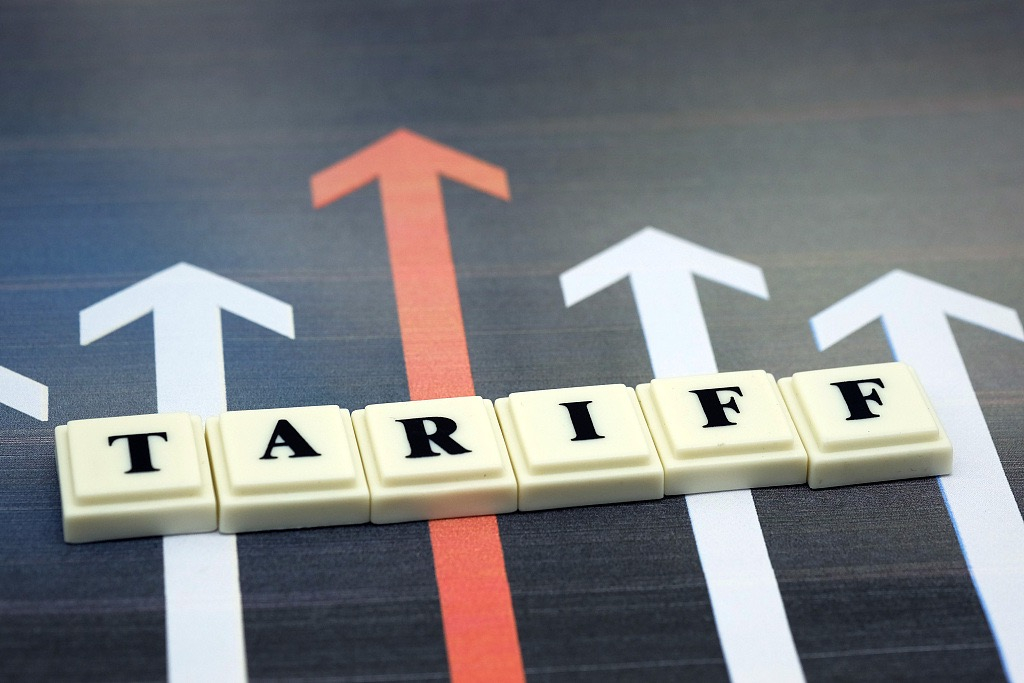
An illustration noting "tariff" /VCG Photo
Why did Trump do this?
"For Trump, it's politics, it's not policy,” said Max Baucas, an Obama-era ambassador to China, referring to Trump's desire to get re-elected in 2020. "He wants to get re-elected, so he's going try to encourage the Chinese to reach some kind of a deal close to the election so the stock market gets a boost."
Trump's staunch supporters – American farmers in Midwestern flyover counties – have borne the brunt of China's counter-tariffs. Growers of soybeans, sorghum, almonds and grapes have been living in financial fear. In Wisconsin alone, 49 farms have filed for bankruptcy, according to the American Farm Bureau Federation.
Read more: Animation: Monologue of a soybean; Animation: For a nut, life is hard
The Chinese bought 16.6 million tons of U.S.-grown soybeans in 2018, 49 percent lower than the previous year. The amount of soybeans lying in storage and decay has set records.
"In order to maintain his voter base, he's been obsessed with clinching a deal with Beijing as soon as possible," said Zhao Minghao, a China-U.S. relations observer, during an interview with CGTN.
In late July, Trump announced a bailout worth 16 billion U.S. dollars to compensate farmers, which has drawn criticism. On the one hand, the relief package well exceeded the revenue collected from the tariffs on the 250-billion-U.S. dollars of Chinese imports. On the other, it is far from enough to cover all the losses of all farmers, and is instead making big, rich farmers even bigger and richer.
The president did the same exactly one year ago: He rolled out a 12-billion-U.S.-dollar emergency aid package for farmers hurt by the trade escalation, which at the time raised concerns because it resembled what former U.S. president Herbert Hoover did in 1929 just before the Great Depression.
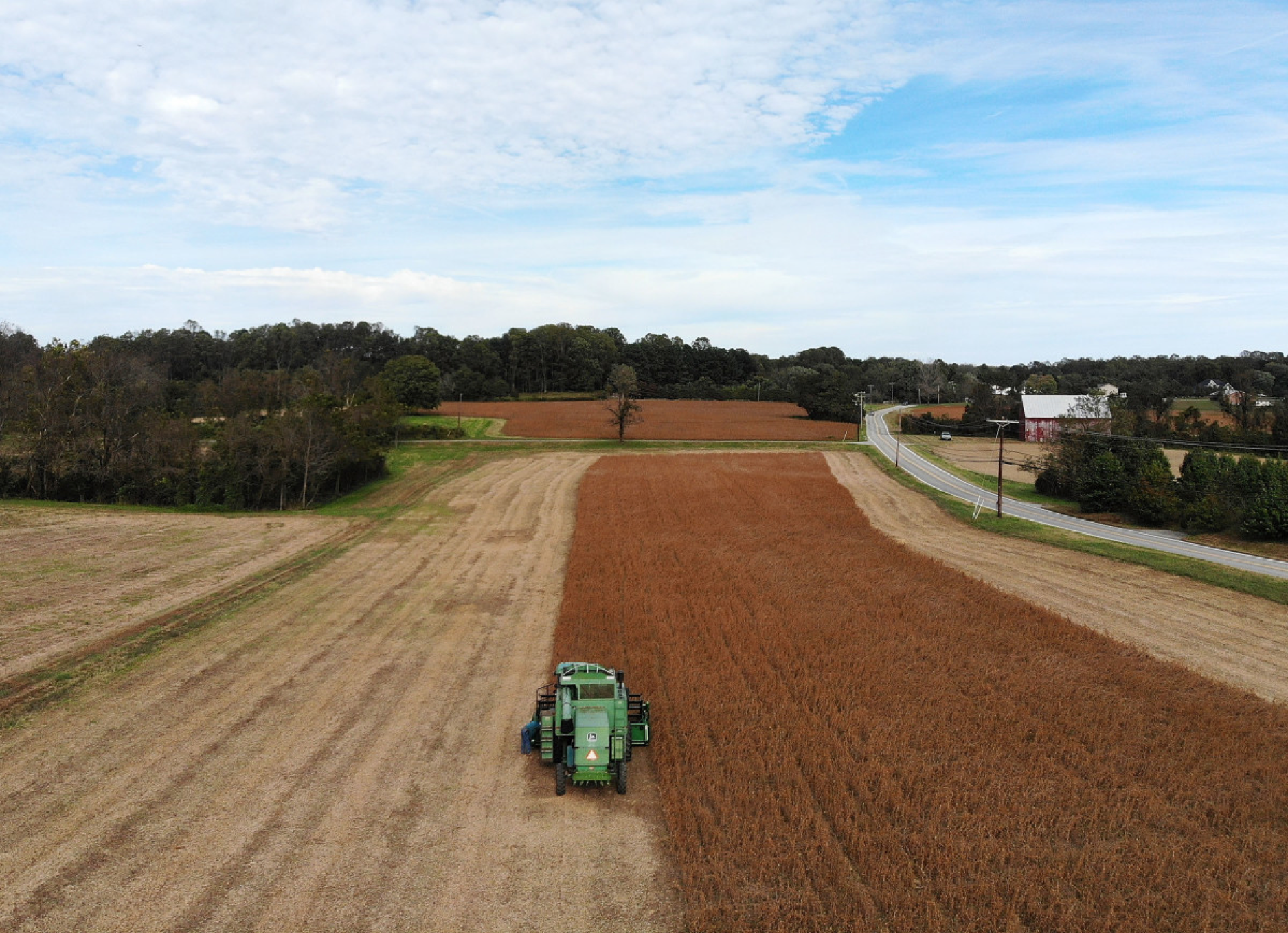
A farmer harvests soybeans in Owings, U.S. state of Maryland. /Getty Images
While the handouts have enraged farmers, their patience is also wearing thin. "As the 2020 presidential elections approach, Trump is fearing that farmers will not toe the line," Wang Yong, a political economy professor at Peking University, told CGTN. According to a report by The New York Times, some 60 soy farmers flew to Washington late last month to urge the government to reach a deal with China.
Furthermore, U.S. GDP growth fell short of the Trump administration's 3-percent target. "And head-to-head matchups with Democratic rivals including Joe Biden, Bernie Sanders and Beto O'Rourke also make him anxious," Wang added. In traditionally red Texas, Beto has been given an unusual advantage as a poll found that 49 percent of registered voters in the state express support for Beto while 38 percent for Trump.
"Even the president's accusation of China for failing to stem fentanyl exports to the U.S. is more of a promotion for himself in front of voters," Wang commented, referring to the opioid that has contributed to a drug crisis in the U.S.
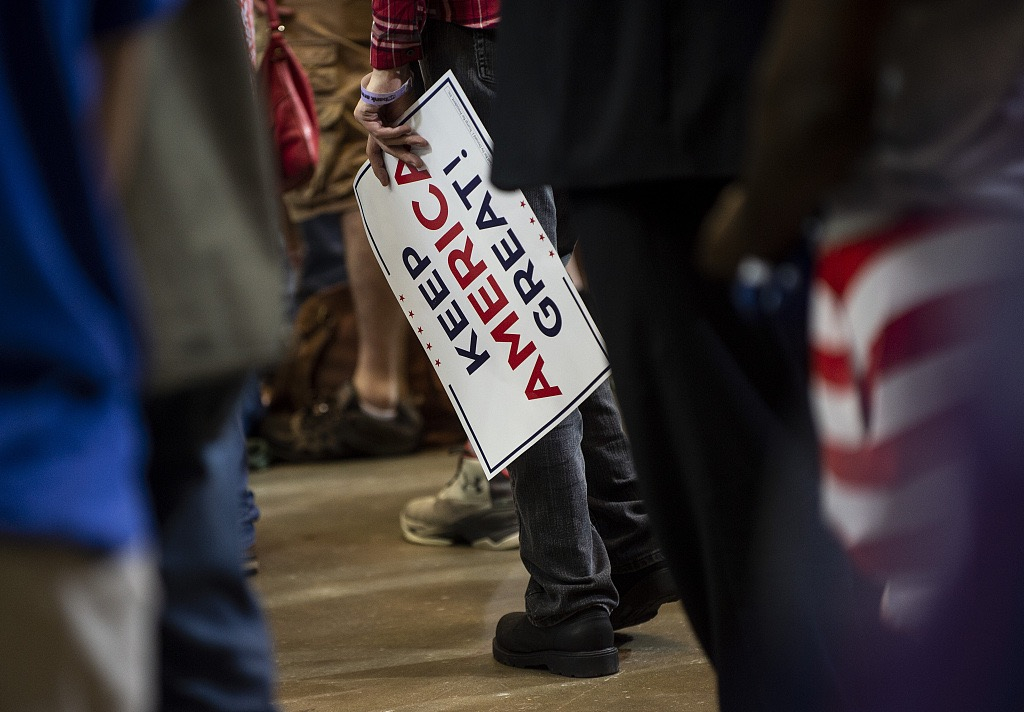
An attendee carries a sign reading "Keep America Great!" during a rally with U.S. /VCG Photo
Will the push work?
More tariffs and counter-tariffs will only further drag down the U.S. economy. "The new round of taxes as threatened by Trump encompass over 5,000 kinds of consumer goods, so American consumers would foot most of the bill," said Zhao, also a senior research fellow with the Charhar Institute.
According to the White House's Economic Report of the President in March, any benefit from the tariffs is offset by "costs paid by consumers in the form of higher prices and reduced consumption." In June, American businesses at a tariff hearing opposed tariff hikes on the remaining 300 billion U.S. dollars' worth of Chinese goods.
Meanwhile, the U.S. Federal Reserve has cut interest rates for the first time in 11 years. That the last two cuts happened prior to the 2000 and 2007 recessions may forebode anemic economic growth. The Federal Reserve will probably cut interest rates again by the end of the year in anticipation of the trade war escalating, according to Zhao.
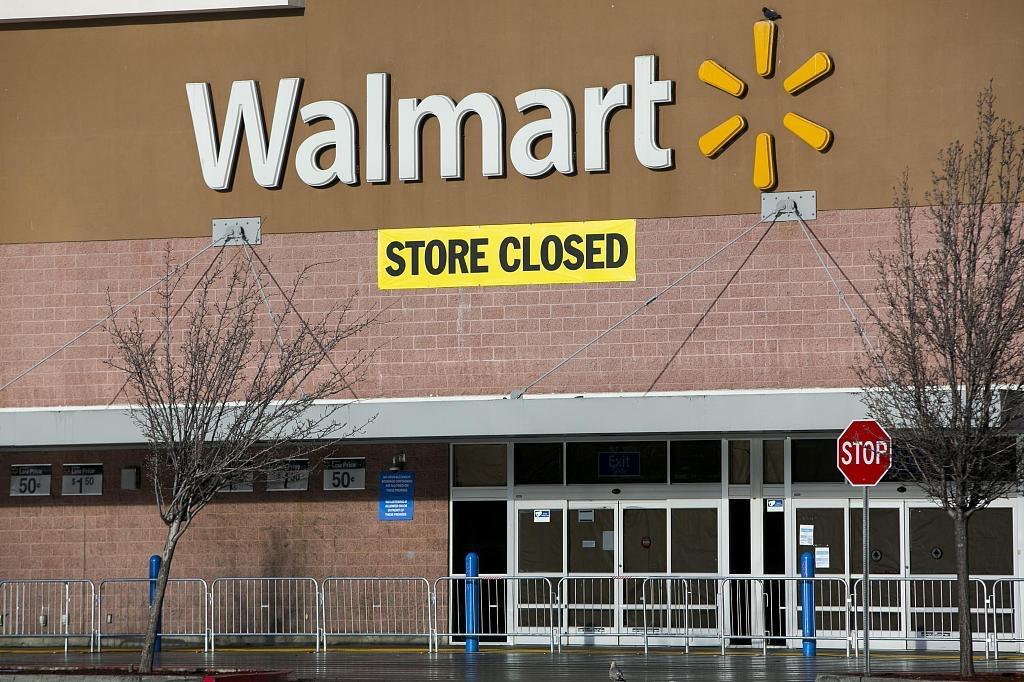
A closed Walmart retail store in Oakland, California, the U.S., January 23, 2016. /VCG Photo
An increasing number of U.S. businesses are feeling the pain this time around, as the tariffs affect nearly every aspect of American industry.
American retailers, for instance, depend on textile imports from China. Soon after the president announced the latest tariffs, David French, the senior vice-president for government relations at the National Retail Federation, expressed disappointment in the administration for "doubling down on a flawed tariff strategy that is already slowing U.S. economic growth, creating uncertainty and discouraging investment."
Footwear distributors in the U.S. have all said the tariffs could affect their hiring. Meanwhile, Walmart – the largest retailer in the world – had told Reuters that higher tariffs implemented in previous rounds on items including furniture and electronics would increase prices for consumers.
The increase in tariffs would also strike at America's prized high-tech industry. The Semiconductor Industry Association, the trade group for U.S. chipmakers, has noted at a U.S. Trade Representative hearing that the new tariffs would be "crippling" to the country's IT industry. Imposing tariffs on almost all Chinese-imported IT products would reduce the U.S. IT market by 70 billion U.S. dollars for this and next year.
U.S. chipmakers are already navigating the roller coaster of trade tensions, especially when they tried to get Washington to exempt them from the Huawei ban, as much of their revenue is tied up with the Chinese telecom giant. Although Trump said he will allow companies to sell to Huawei as long as the products are not vital to national security, what that entails remains unclear.
This uncertainty, for the markets and the consumers, is the only constant in this trade melee. If this situation lasts well into 2020, will the political logic of the Trump administration make sense?

Copyright © 2018 CGTN. Beijing ICP prepared NO.16065310-3
Copyright © 2018 CGTN. Beijing ICP prepared NO.16065310-3